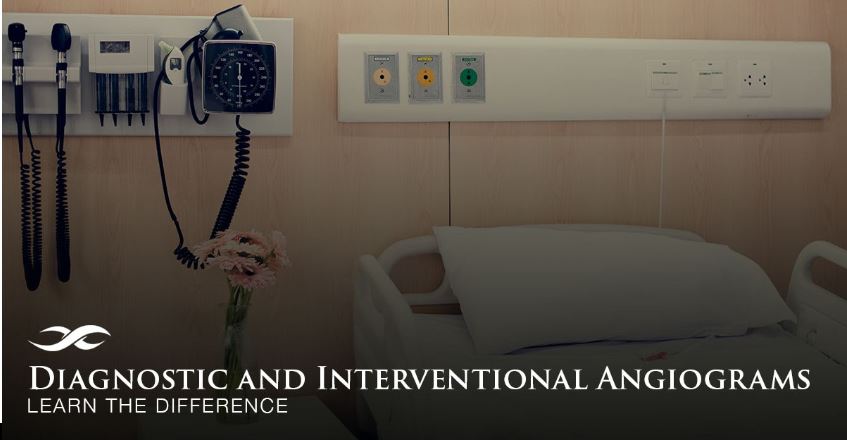Diagnostic and Interventional Angiograms: Learn the Difference

Diagnostic and interventional angiograms are procedures that can be used to diagnose and treat various conditions. Angiograms are also referred to as angiographies or arteriograms.
Diagnostic and interventional angiograms are both minimally invasive procedures. During an angiogram, the physician will insert a catheter into a large artery in the area of the patient’s groin. Using x-ray guidance, the physician threads the catheter through the artery to the point that needs to be examined or treated.
Angiograms are used to diagnose and treat conditions in many areas of the body, including the abdomen, arms and hands, brain, chest, heart, legs and feet, neck, and pelvis. The physicians at Vascular & Vein Institute of Siouxland use diagnostic and interventional angiograms to diagnose and treat a variety of conditions such as peripheral artery disease, carotid disease, and aortic disease.
Diagnostic Angiograms
Diagnostic angiograms are considered the gold standard for assessing narrowing and/or blockages in the arteries. Once the physician threads the catheter to the area of interest, they will release a small amount of fluid from the catheter. This fluid is called contrast and allows the blood vessels to appear on the x-ray.
The physicians at Vascular & Vein Institute of Siouxland are specially trained in reading angiograms and can use the x-ray images to view the extent of blood vessel damage. From there, they are able to determine whether further treatment is necessary.
Interventional Angiograms
While diagnostic angiograms are used to simply diagnose an issue, interventional angiograms are used to treat conditions. The physicians at Vascular & Vein Institute of Siouxland use two different types of endovascular treatment during interventional angiograms, balloon angioplasties and stent placements.
Angioplasties are primarily used to open arterial blockages. Once the physician threads the catheter to the area of interest, they will use it to place an inflatable balloon in the blocked area of the artery. They inflate the balloon, expanding the artery and compacting the blockage. The physician will then deflate and remove the balloon before injecting contrast for a diagnostic angiogram to ensure the procedure was successful.
Stents are a permanent implant and are commonly used to open a narrowed artery. They are often used following a balloon angioplasty if there is still insufficient blood flow after treatment. Once the physician threads the catheter to the area of interest, they insert the stent in the narrowed portion of the artery. There, the stent will expand to the correct size and shape of the artery, helping to allow for sufficient blood flow.
Call 605-217-5617 to schedule an appointment with one of our physicians.

